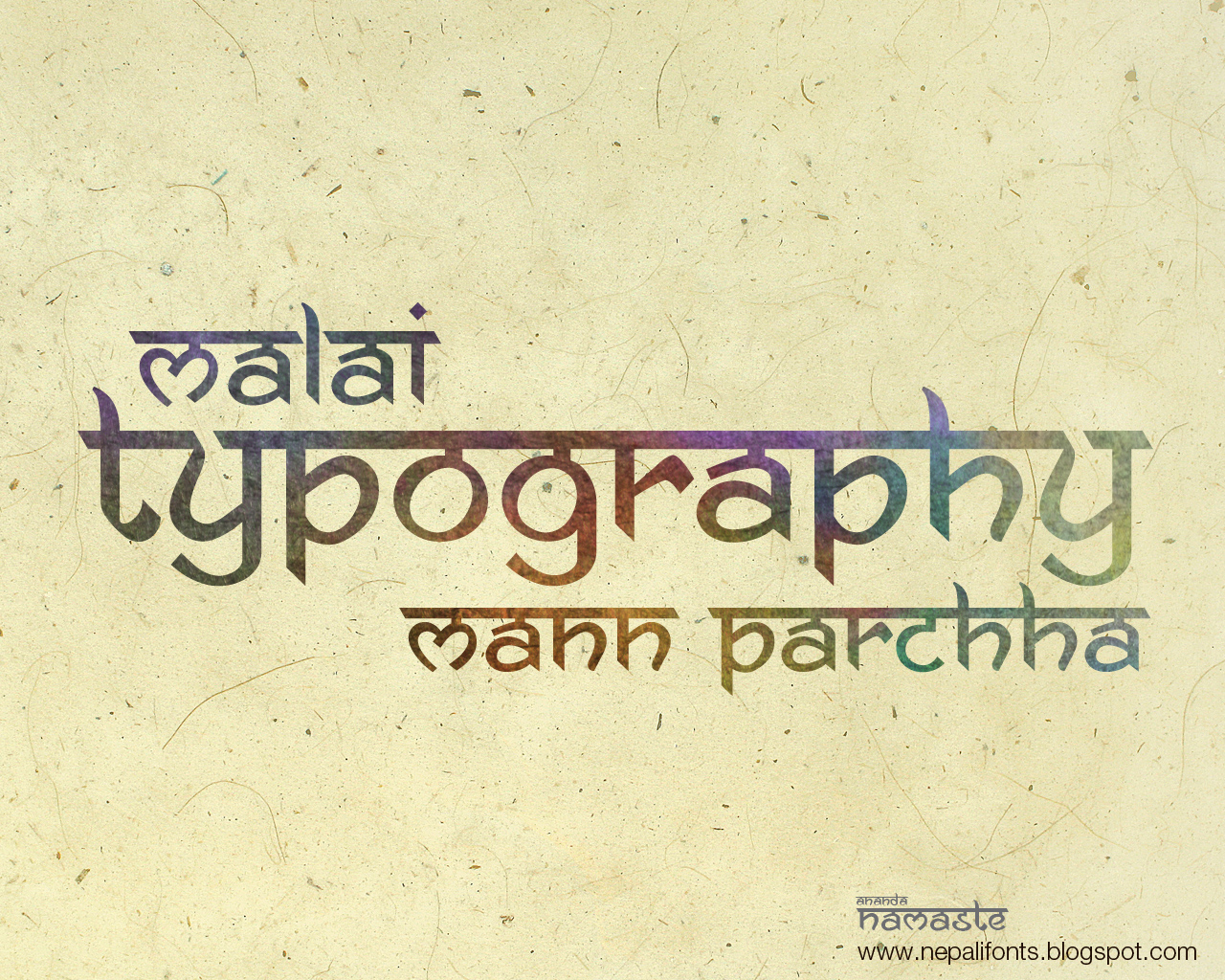



If you would like to do that, click on Arabic, then click Options. On the Region & language page, where you see Arabic in your language preferences, it may display, "Language pack available" if so, then you can install this to set your Windows You have the option of having the Windows user interface display in Arabic.When you run Windows Store apps, they may be able to display their user interface in Arabic.When you browse Web sites, browsers will indicate to the site your language preference, which now will include Arabic.(You need to be online for these to be installed.) These will include typing enhancements, such as text prediction, and several additional fonts that Additional, optional Windows features relevant to Arabic language will be installed from Windows Update.There are different keyboard layouts available for Arabic to choose a different layout, click on Arabic in the list, then click on Options to get to more detailed settings for Arabic. Find the one that best matches your needs and click on it.Īt this point, you will be taken back to the Region & language page that shows your language preferences, with Arabic at the bottom of the list.Īdding Arabic to your language profile will have several effects: The view will change to show several regional varieties of Arabic.Locate Arabic in the list (you may need to scroll) click on Arabic.Click the "+" icon next to Add a language.Under the Languages heading, if you do not see any regional variety of Arabic listed, then you can add that now: All of these are possible.įirst, you want to add the Arabic language to your user language settings in the Settings app. If I understand correctly, you're primarily interested in being able to type text in Arabic and use various Arabic fonts, but not necessarily be able to see the Windows user interface displayed in Arabic.


 0 kommentar(er)
0 kommentar(er)
